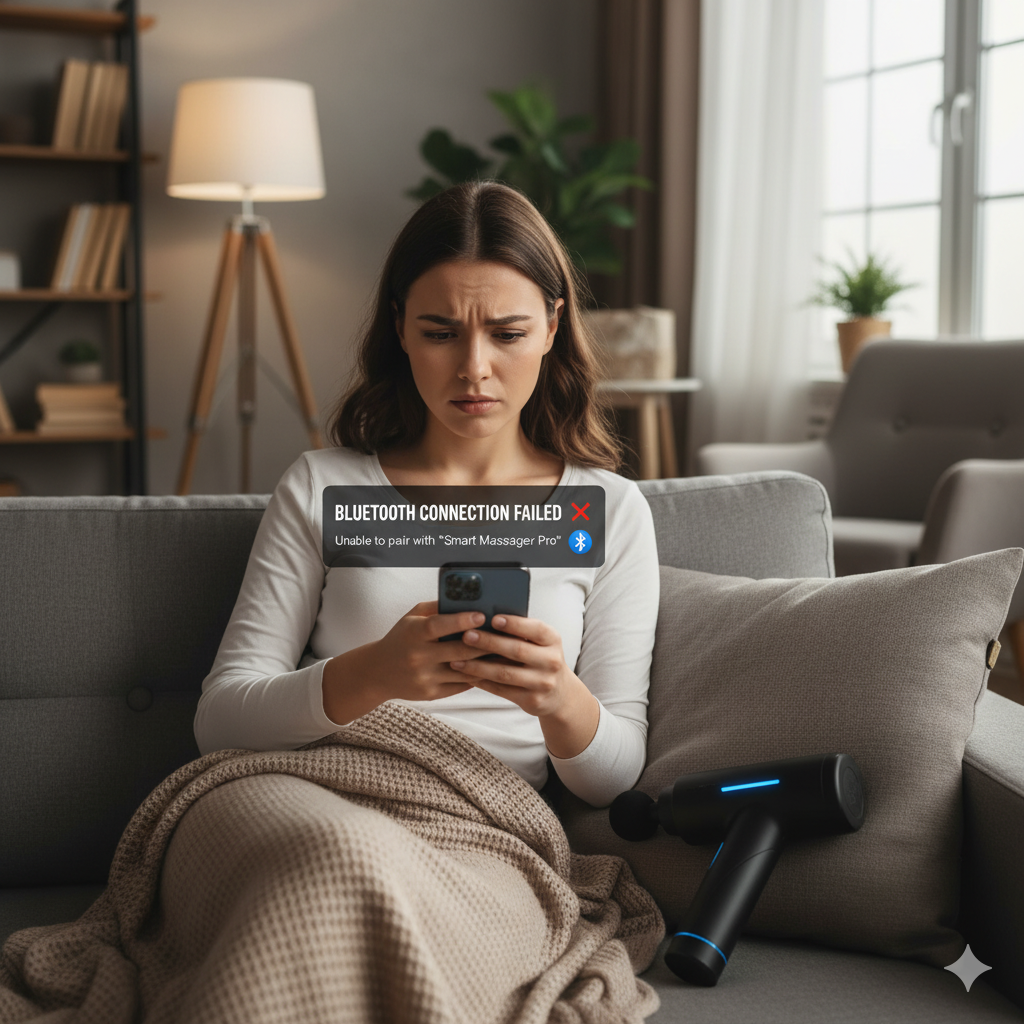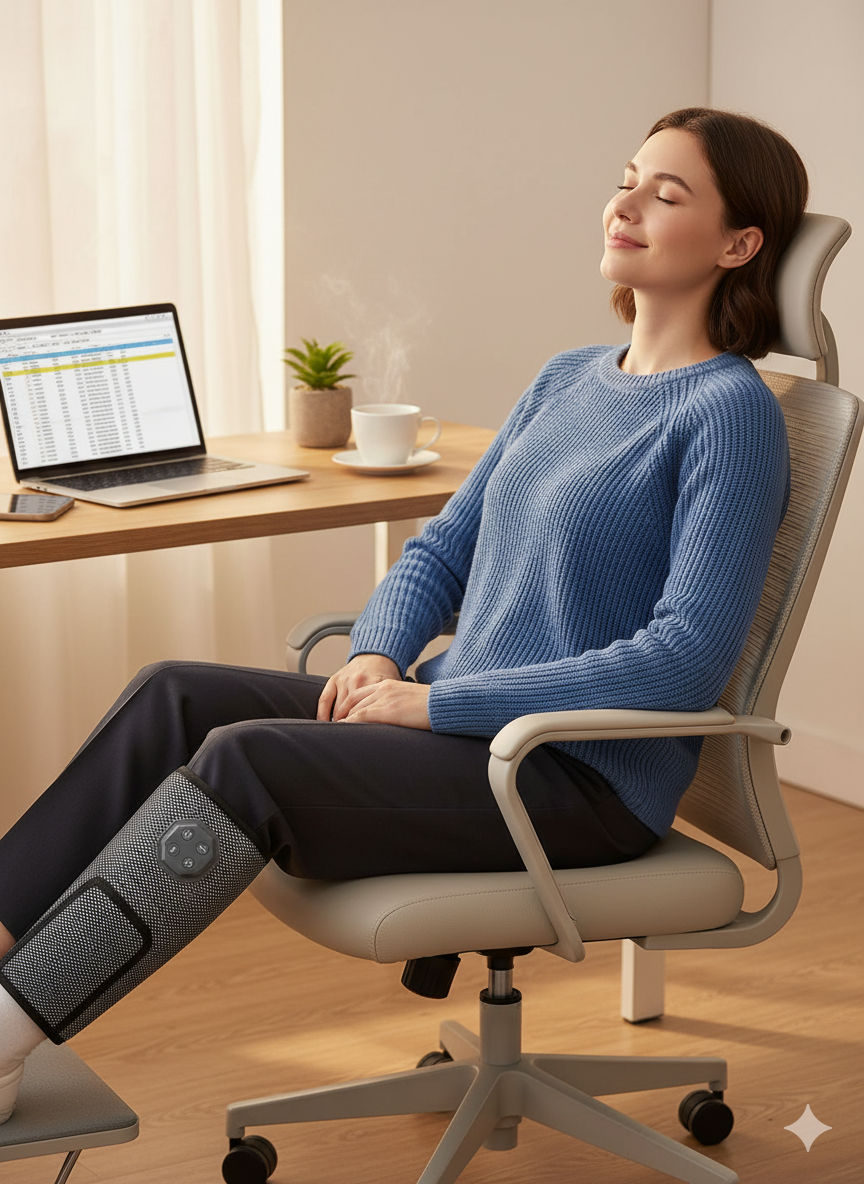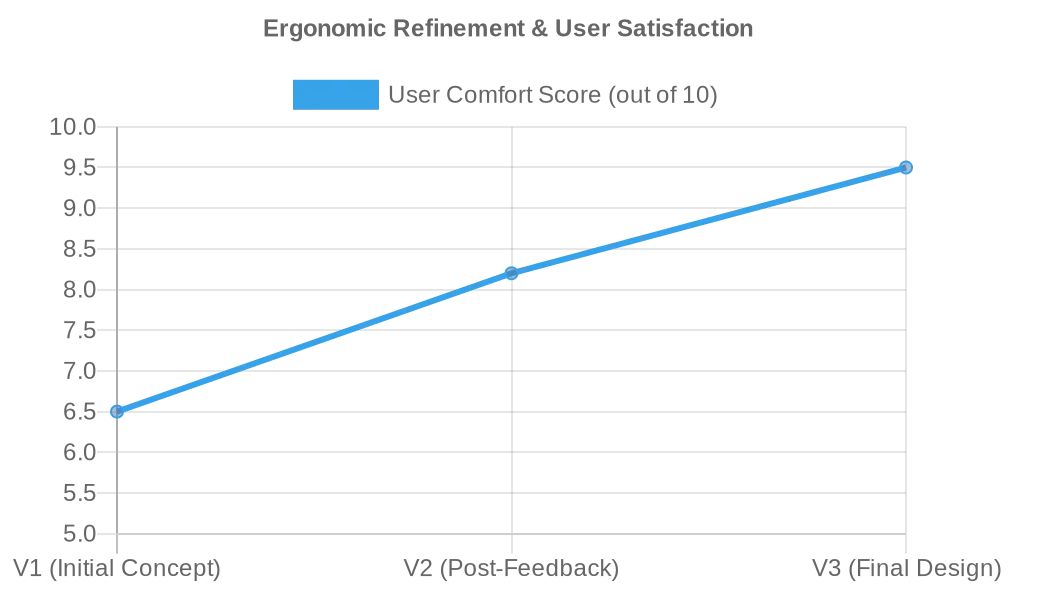Smart Massagers: A B2B Guide to App Control & Features
- By Grace
- Updated on
Every week, I have the same conversation. A client, let's call him Jeff, has just seen a competitor's press release for a new "AI-powered, app-controlled" massager. Suddenly, the pressure is on. You feel like you need to add an app, Bluetooth, and a dozen other smart massager features just to keep up.
But here’s the uncomfortable truth our own production data shows: for every "smart" feature you add, you add a new potential point of failure. The industry is in a feature-stuffing arms race, but market data reveals that products with overly complex features often have a 15-20% higher return rate, usually due to simple user frustration.
I'm here to tell you to take a breath. There is a more strategic, more profitable, and frankly, a much smarter path forward than just adding another app to the world. Let's talk about the difference between a product that's truly smart and one that's just complicated.
Why Is Everyone Chasing the 'Smart' Label?
You're worried that without "app connectivity" on your feature list, your product will look dated. It's a valid fear, but it's often based on a marketing trend, not what customers actually want. In reality, a massager with app control often creates more problems than it solves.
A new client came to us after their first product launch with another factory was a complete disaster. They had built a smart massage gun, but the app was clunky, the Bluetooth pairing was unreliable, and their customer service was flooded with emails from people who "just wanted the thing to turn on." They were hit with a 30% return rate, driven by the very features that were supposed to impress everyone.

Let's be honest, this chase for "smart" features is usually driven by the marketing department, not real users. From a manufacturing standpoint, adding an app isn't a simple software update. It requires a dedicated Bluetooth module and a more complex controller board, which instantly increases your costs. It also introduces a whole new world of risk: unreliable pairing, app crashes, and compatibility issues with every new iOS or Android update. And let's not forget privacy. Most people are hesitant to download yet another app from a relatively unknown brand just to turn on their massager.
The User Experience: Smart vs. Simple
When you actually map out the user journey, the elegant simplicity of a well-designed physical product wins every time.

So, What Do Customers *Actually* Value?
You assume that more features will lead to more sales. But what if the most valuable feature of all is simplicity? What if the best user experience is the one that requires the least amount of effort?
A corporate wellness manager for a major tech company chose our classic one-button massagers for their new relaxation rooms specifically because they weren't smart. "I need a tool that any employee can pick up and use instantly, with zero learning curve and no app to download," she told me.

Our product philosophy is built around a concept our design director calls "elegant simplicity." A product is truly smart when it anticipates the user's needs and removes friction, not when it offloads its core controls to another device. For the vast majority of users, a single, well-placed button that cycles through three to five meaningful intensity levels is intuitive, reliable, and infinitely more user-friendly than a smartphone app. By focusing our R&D on a better motor and a quieter mechanism, we're investing in the core experience that customers feel every single time they use the product.
The Real Hierarchy of User Needs
In our experience, customers have a clear priority list. Should my massager have an app? For most users, app connectivity is dead last, far below the fundamental performance of the device itself.

The Smart Way to Build a 'Smart' Device
So, what if your specific niche—say, high-end fitness tech—genuinely demands a Bluetooth-enabled massager? Does that mean a nine-month custom development project with a six-figure budget? Absolutely not. For these specific cases, we have a strategic, low-risk solution.
A premium fitness brand wanted to launch a connected massager with guided routines for their elite athlete customers. A full custom app would have taken a year to build. Our white-label solution allowed them to launch their branded app in just four months, capturing the market before their competitors even had a beta version.

Instead of starting from scratch every time, we've developed a robust white-label app for massagers. This is a proven, stable application framework that we can rapidly customize with your branding, colors, and specific features. You get a high-quality, branded app without the massive cost, timeline, and risk of a full custom build. The most valuable app features are true value-adds like guided, pre-set routines ('Post-Workout Recovery,' 'Tech Neck Relief'), usage tracking, and the ability to receive Over-The-Air (OTA) firmware updates. This strategic approach is the only way we recommend entering the private label smart massager space.
Don't fall for the smart feature trap. For 90% of the market, the winning strategy is to deliver a product of elegant simplicity that works perfectly, every time. For that other 10%, the smart path is a strategic partnership that leverages a proven, white-label platform. In both cases, the goal is the same: deliver real value, not just more features.
Let's talk about what your specific customers *actually* want. We can help you devise a product strategy that is genuinely smart for your brand and your bottom line.




